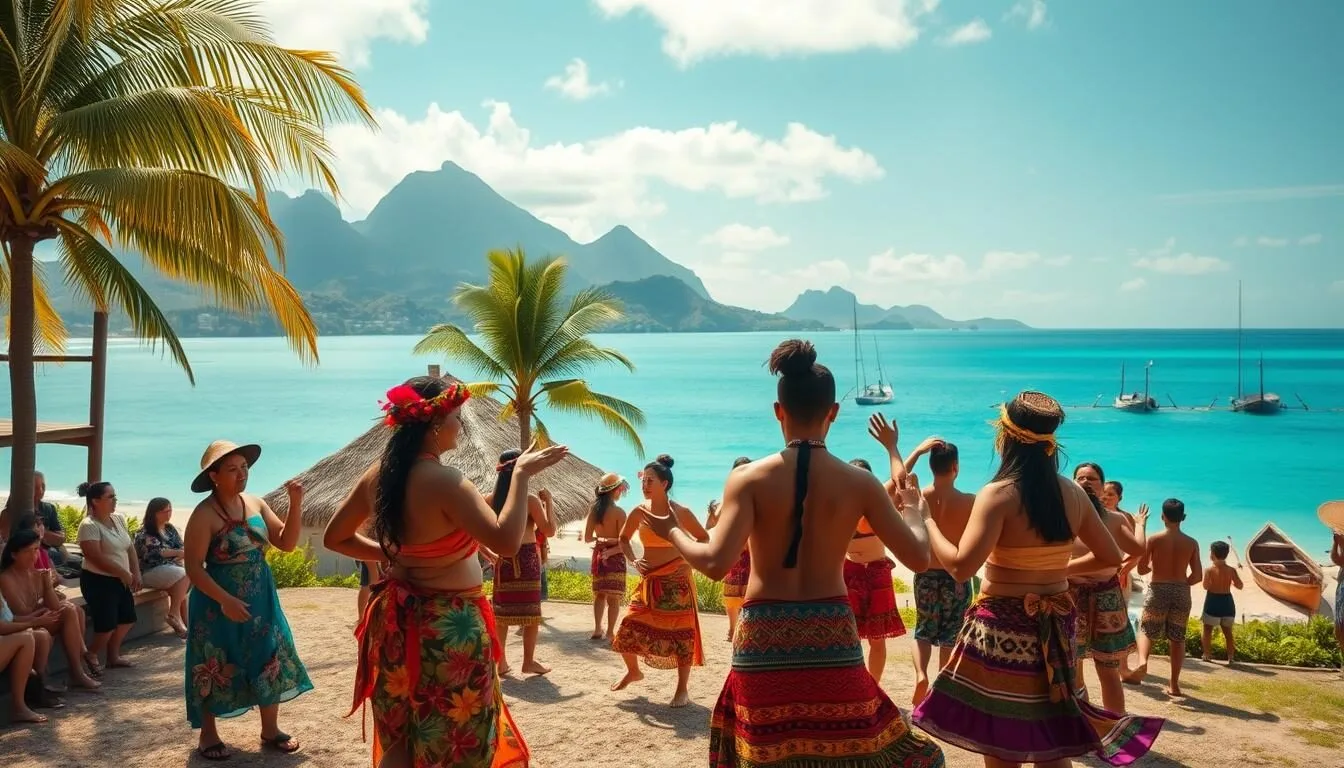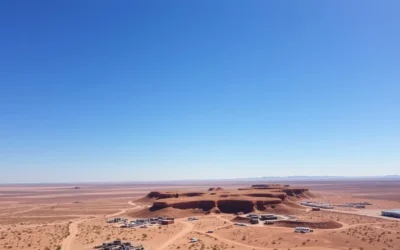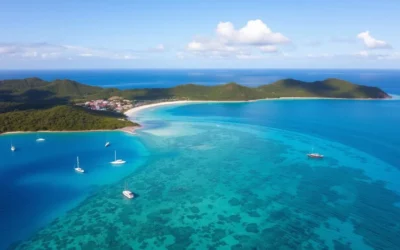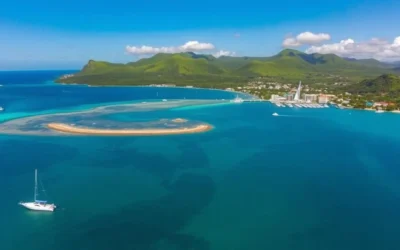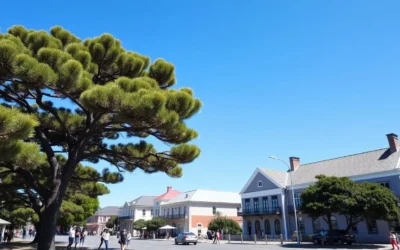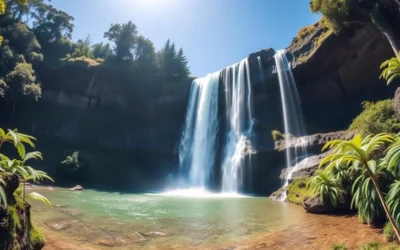Because population lists are outdated even before they can be published, the following estimates have been rounded for easier comparison.
1. Australia – 27,176,000
Largest country in Oceania, covering an entire continent.
2. Papua New Guinea – 11,995,000
Second largest; diverse highlands and Pacific islands.
3. New Zealand – 5,379,000
Two main islands with Maori and European heritage.
4. Fiji – 954,000
Island nation known for beaches and coral reefs.
5. Solomon Islands – 745,000
Archipelago with WWII history and dense forests.
6. Micronesia (Federated States of) – 536,000
Island group in the western Pacific.
7. Vanuatu – 337,000
Volcanic islands with rich indigenous traditions.
8. New Caledonia – 292,000
French overseas territory with Melanesian culture.
9. French Polynesia – 282,000
French territory including Tahiti and Bora Bora.
10. Samoa – 225,000
Independent Polynesian island nation.
11. Guam – 174,000
U.S. territory in Micronesia, strategic Pacific hub.
12. Kiribati – 133,000
Scattered atolls across the central Pacific.
13. Tonga – 106,000
Polynesian kingdom of islands.
14. Marshall Islands – 43,000
Atoll nation with U.S. ties in Micronesia.
15. Northern Mariana Islands – 47,000
U.S. commonwealth in the western Pacific.
16. Palau – 18,000
Micronesian archipelago known for diving sites.
17. Cook Islands – 17,000
Self-governing islands in free association with New Zealand.
18. Tuvalu – 12,000
Tiny Polynesian atoll nation facing sea level rise.
19. Wallis and Futuna – 12,000
French overseas collectivity in the South Pacific.
20. Nauru – 11,000
Smallest independent republic by population.
21. Niue – 2,000
Self-governing island in free association with New Zealand.
22. Tokelau – 1,500
New Zealand territory of three small atolls.
23. Pitcairn Islands – 50
UK territory, descendants of HMS Bounty mutineers.
The above is subject to change.
Check back often to TRAVEL.COM for the latest travel tips and deals.
